Dr. Aguilar PerezGrovas, Ricardo
Neumology Specialist
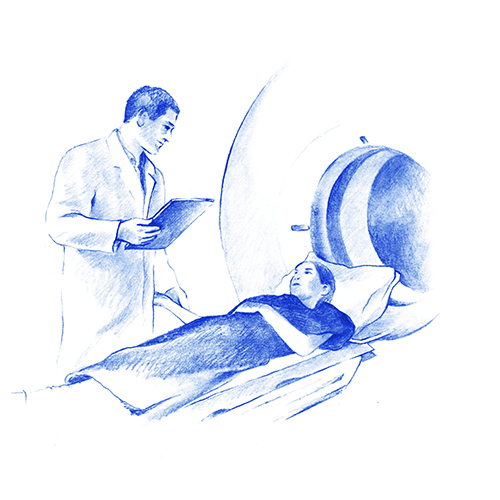
Imaging tests are an essential tool to observe and assess possible lung problems. In addition to locating possible conditions, they show us the extension and degree of disease.
They enable us to:
The benefit of an accurate diagnosis far outweighs the risk.
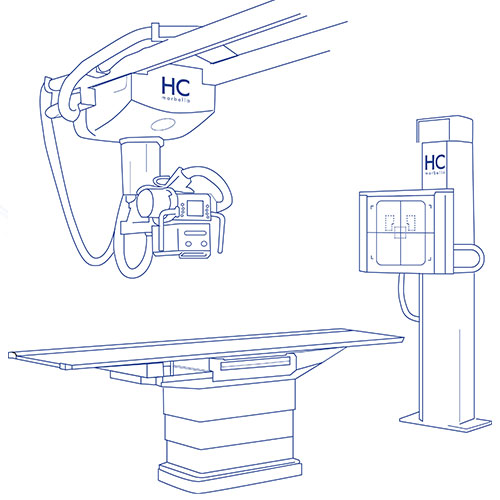
X-rays, specifically chest X-rays, use ionising radiation to reproduce images of structures within and around the chest
They are the initial test used to assess the lungs showing the lungs, heart, and chest wall.
When a greater degree of diagnostic accuracy is needed, a CT scan is requested.
When are they indicated?
In those cases where the patient shows symptoms such as shortness of breath, persistent cough, fever, chest pain or injury and there is suspicion of conditions such as pneumonia, emphysema, fluid or air accumulation around the lungs, or lung cancer.
Risks
X-rays provide a baseline image with little radiation and are also inexpensive.
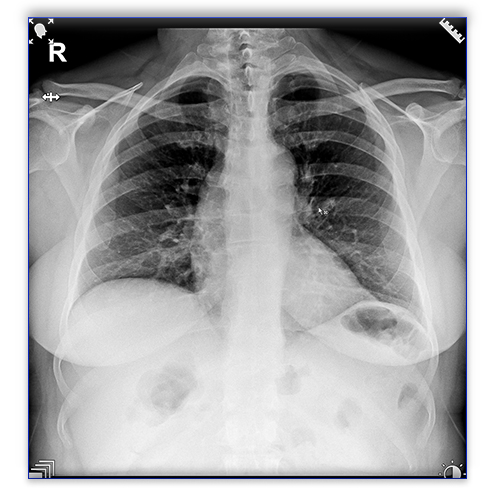
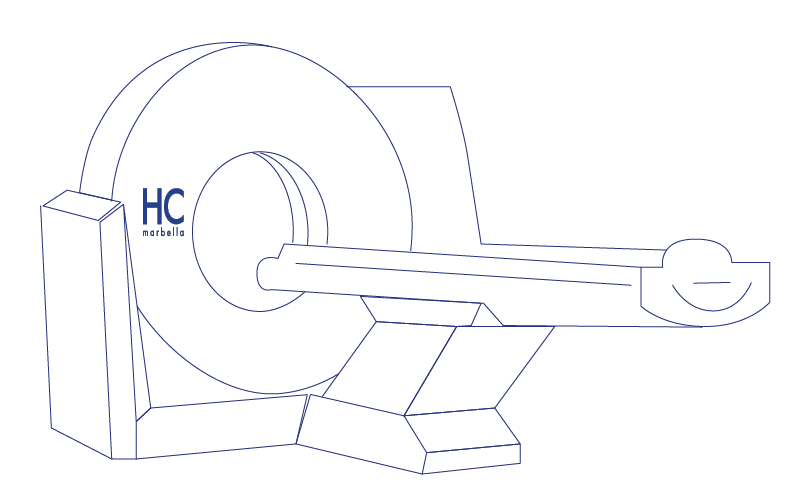
CT (computed tomography) uses X-rays to obtain high-definition images of the lungs, heart, blood vessels, airways…
CT provides images in slices and sections of internal organs and structures. These images are processed using a computer capable of three-dimensional reconstruction of the area, so it can be studied from different angles.
CT is the most effective test for the diagnosis of respiratory diseases as it provides:
When is it indicated?
It is indicated when there are doubts generated by the X-ray and greater diagnostic accuracy is required. This may occur for example in pneumonitis (lung inflammation), lung cancer extension studies, pulmonary embolism, or following a previous respiratory disease, such as COVID pneumonia, when pulmonary fibrosis is suspected or there is scarring in the lungs from this.
Risks
Although high resolution CT involves more radiation, its diagnostic capacity is significantly better, the specialist will always assess the risks/benefits of the test.
State-of-the-art equipment does however minimise the radiation dose received by the patient to as little as possible.
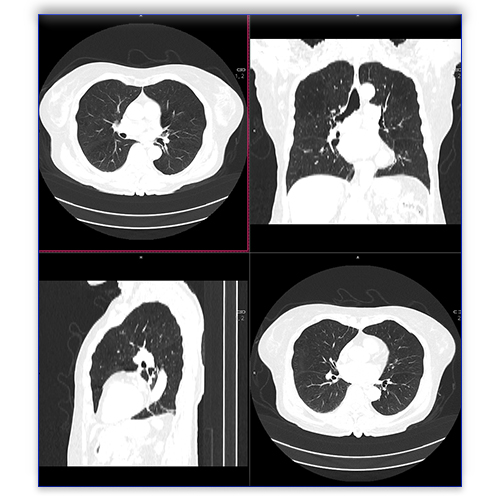
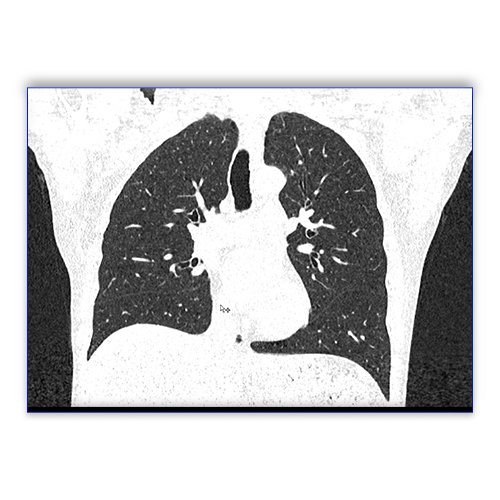
Low-dose CT is a preventative test. It produces images of sufficient quality to detect suspicious disease or tissue using much less radiation than a conventional CT.
When is it indicated?
It is usually performed in a screening programme in smokers or ex-smokers, those over 50 years of age, or those with a family history of lung cancer. It allows the likelihood of lung cancer to be diagnosed in its very early stages.
Occasionally, CT shows suspicious lesions that are not lung cancer, but are residual lesions or inflammatory lesions; in these cases, low-dose CT enables us to repeat the test and monitor the lesions, as the dose of radiation is much lower.
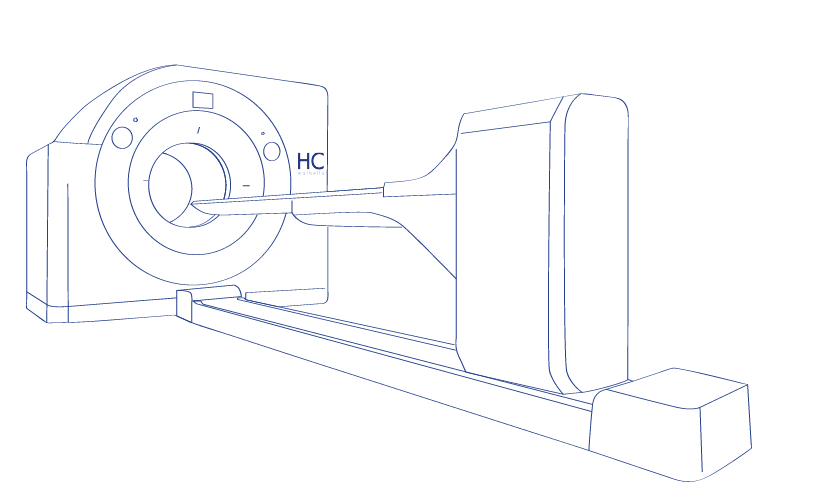
PET-CT is a fundamental diagnostic test when assessing tumour processes. In a single session, anatomical information (CT or computed tomography) and metabolic information (PET or positron emission tomography) are obtained. The fusion of both images provides information on the location, spread and behaviour of the disease.
During the test, a radiopharmaceutical is injected, this accumulates in areas with greater metabolic activity, as is the case with tumours.
HC Marbella’s state-of-the-art PET-CT specialises in the diagnosis of lung cancer:
When is it indicated?
During diagnosis, PET-CT is indicated after the performance of other diagnostic tests when there is a clear suspicion of lung cancer, in addition, it allows us to check if there is any disease in other areas of the body.
After diagnosis, PET-CT allows us to assess treatment response and to monitor disease after remission.
Risks
The radiation dose received in a PET-CT scan is relatively low compared to the benefits that it provides
After being injected the patient eliminates the radiopharmaceutical through the urine without causing any risk.
HC Marbella has a much safer, state-of-the-art PET-CT that reduces the radiation dose by 60% and provides higher image quality whilst administering 50% less radiopharmaceutical.
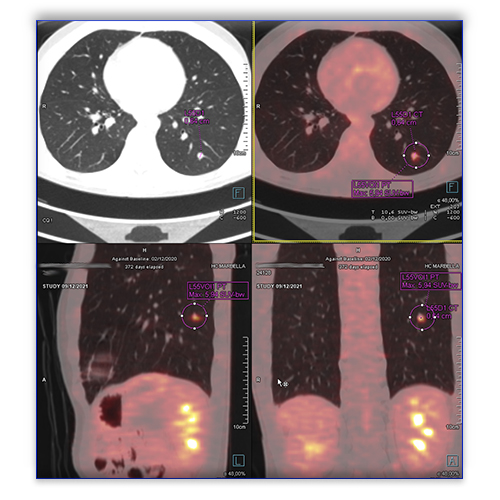
Dr. Aguilar PerezGrovas, Ricardo
Neumology Specialist
Tel.: +34 952 908 628
+34 609 148 799
952908898 Oncology
951829978 Diagnosis by imaging
951829947 Gynecology
952908897 Fertility
951829947 Physiotherapy